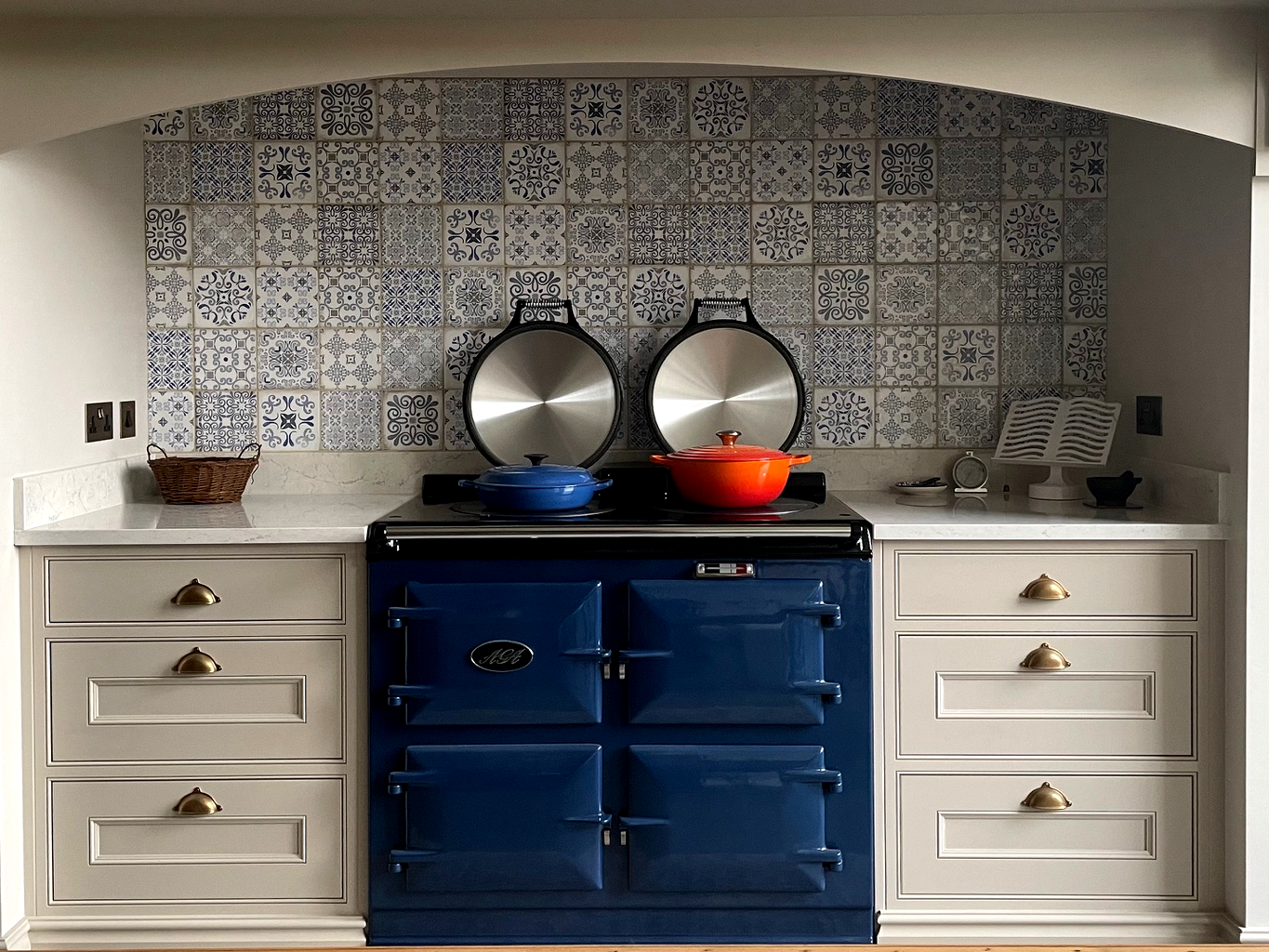Our Gas Aga Cookers
TRADITIONAL COOKING. AMBIENT WARMTH. ALWAYS ON.
Although we have noticed a big rise in customers choosing to make the switch to Controllable Electric, our Gas models still hold a place in traditionalists hearts and homes across the country.
Why Choose a Gas Aga Cooker?
A traditional aga cooker, with the legendary cooking experience.
A gas Aga Cooker is designed to always be on and up to temperature - ready to get to work at a moments notice.
The main reasons our clients choose a gas model, is practicality and running costs. Many houses have a gas supply for their central heating so utilising this supply for the Aga Cooker seems sensible - especially if you're looking for an Aga Cooker that is on 24/7 and provides lots of ambient heat into the room. The fact that your cooker will still work in power outages is just a plus.
Some Benefits of Our Refurbished Gas Aga Cookers include:
- Unique to the Refurbishment Market - no longer available from AGA Rangemaster.
- British-made cast iron.
- Lots of ambient heat into the room.
- Traditional aga cooking techniques.
- Annual servicing requirement (vs 6 month for oil).
All of our Reconditioned Aga Cookers are restored by hand, using techniques passed down generations in our family.
Gas Aga Cookers - Models Available
Each aga cooker is different and temperatures will fluctuate but you can use the below approximations as a guide. Remember, with traditional aga cookers, the oven temperature will drop if you use the hotplates at the same time. Our controllable conversions won't have this problem.

- LH Hotplate: approx 315c
- RH Hotplate: approx 200c
- Top RH Oven: 220c to 240c
- Bottom RH Oven: 120c to 140c

- LH Hotplate: Approx 315c
- RH Hotplate: Approx 200c
- Top RH Oven: 220c to 240c
- Bottom RH Oven: 120c to 140c
- Bottom LH Oven: 170c to 190c

- LH Hotplate: Approx 315c
- RH Hotplate: Approx 200c
- Top RH Oven: 220c to 240c
- Bottom RH Oven: 170c to 190c
- Top LH Oven: 120c to 140c
- Bottom LH Oven: 60c to 70c
- Warming Plate: Approx 60c
Gas Aga Cookers - Dimensions
Our Refurbished Aga Cookers all have the same dimensions, listed below.
Pre-Installation Requirements: No utilities should be located behind the Aga Cooker. Some minimum clearance gaps are required for airflow and maintenance - 10mm gap behind and 3mm each side. FireBoard behind the cooker is less of an issue due to increased insulation and decreased surface temperature, but it is still recommended. The cooker should sit on a non-combustible surface, for a thickness of at least 12mm.
This is a summary. Our unique, full pre-installation guides will be provided for you and your engineer(s).

2 and 3 Oven Gas Aga Cookers
Width: 987mm (plus 3 to 5mm gap each side)
Depth: 679mm (plus 10mm gap behind)
Height: 851mm (plus your chosen plinth height)
Traditional models have the minimum depth 670mm.
Total height for lid clearance: 1330mm (plus any plinth height).
The doors need a minimum clearance of 116mm but we recommend 150mm.

4 Oven Gas Aga Cookers
Width: 1487mm (plus 3 to 5mm gap each side)
Depth: 679mm (plus 10mm gap behind)
Height: 851mm (plus your chosen plinth height)
Traditional models have the minimum depth 670mm.
Total height for lid clearance: 1330mm (plus any plinth height).
The doors need a minimum clearance of 116mm but we recommend 150mm.
Our plinths are made from steel. They are black in colour and available in 50-80mm high, but 60mm is the norm.
Gas Aga Cookers - Pros and Cons
To help you decide on your Aga Range Cooker fuel type, we've listed some advantages and disadvantages to our Gas Aga Cookers.
Advantages of Gas Aga Cookers:
- Traditional Aga Range cooking style.
- Always on and ready to use.
- Usually the cheapest 'always on' model to run.
- Thermostatically controlled, with automatic heat recovery.
- Lots of ambient warmth into the room.
- Not reliant on Electricity.
- Has the ability to heat your domestic hot water.
- Oven cooking smells are extracted through the flue.
Disadvantages of Gas Aga Cookers:
- Reliant on Fossil Fuels.
- Cooking on the hotplates will reduce oven temperature.
- Non-Controllable in temperature. All on or all off.
- Ambient Heat may be unbearable in hotter months.
- Long heat-up times (around 7 hours from cold).
- Mains gas line required (for natural gas).
- Flue requirements can be extensive and costly to adhere to regulations, and they must be in place before aga install.
- Yearly servicing is mandatory.
- You need a reliable, experienced aga service engineer.
- LPG is notorious for high running costs.
- Products of combustion may require a Carbon Monoxide detector for safety.
- Windy weather can affect the operation of the gas burner.
Why Choose Saltire Cookers for your Gas Aga Cooker?
We are Experienced
Our family have over 40 years of combined history working with Aga Cookers.
Unbiased Advice
We offer a range of systems and fuel types, so you can trust us to be impartial.
Our Warranty
Our Refurbished Aga Cookers are supplied with their own parts warranty, for peace of mind.
A Proper Family Business
We're a team of 5 and we are all related! We are purely owned and operated by our family of engineers.
Gas Aga Cookers - Running Costs
As always, running costs will depend on usage, any timers installed and your fuel supplier prices.
Since fuel costs can spike and dip, we've given approximations in kWh and Litres.
Figures do NOT include cooking, as opening the doors and lids, as well as the temperature and size of dishes will affect running costs.
GAS RUNNING COSTS (p/w)
Natural Gas:
2 and 3 Oven Models: approx 425 kWh
4 Oven Models: approx 527 kWh
LPG:
2 and 3 Oven Models: 65 Litres
4 Oven Models: 80 Litres
Gas Aga Cooker Flue Requirements
Our Gas Models are sold with a conventional flue as standard, which can utilise an existing chimney, or a twin-wall system.
Full flue specifications, diagrams etc are included inside our pre-install documentation.
Conventional Flue
Usually used in conjunction with an old chimney or fireplace. Your chimney can be lined and connected onto the black enamel flue pipe coming from the top plate of the aga cooker. There are a few requirements when it comes to bends (no greater than 45 degrees), and height (minimum 3m depending on bends).
You can also choose a twin-wall system if there is no existing chimney. The twin-wall system is basically a fabricated metal flue, stretching to 600mm clearance of the main house ridge and any other obstructions.
How Much Do Gas Aga Cookers Cost?
Our cookers are all refurbished to order, using our high standard process.and enamelled in your chosen colour.
Before Discontinuation, the RRP of a brand new 2 oven model was £9135 plus delivery/install (and a limited colour selection)!
Save thousands on our refurbished models.
Our Traditional Oil and Gas Refurbished Aga Cookers are supplied ex-works.
They can be assembled and commissioned onsite by your independent aga-trained engineer.








